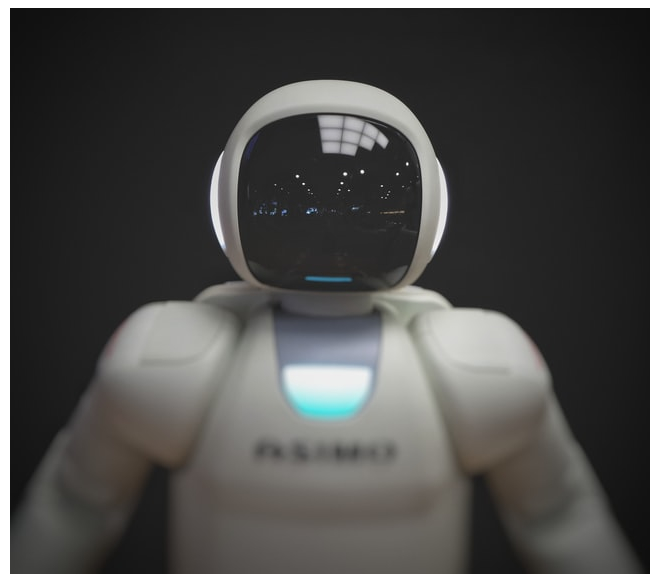
What can be automated about pricing?
If we want to answer this quickly: everything. The long answer is that all the sub-tasks of pricing have an automation solution but the question of what should and shouldn’t be relied on algorithms is a more complicated one. It depends on the needs, market position, and business goals of the market participants.
What does pricing automation mean?
Pricing automation means that the prices are determined based on rules or restrictions using a software solution in an automated way instead of using human resources. During the already set automated process, a human touch is rarely needed or not at all.
Hence the simple working method: we add the data, the system imports the data, and gives the pricing recommendations at the end. The user end of automation is the easy part of the process: we connect the different systems so that they can change data and communicate with each other. From a technical point of view, it is a complicated process but there are several well-functioning ecosystems for it.
What is more complicated is the design of the set of rules that determine the pricing strategy according to which the automated process takes place. The development of the right pricing tactic logic is a critical sub-process that can be on the line between mathematical and psychological sciences.
Is it a glass or black box?
Regarding the software environment there are two base types: glass box and black box, these are not completely different - even if it seems like so - there are some systems that are using the elements from both of them. The first one is transparent for the customers meaning they have the opportunity to get to know exactly the process of creating prices from the implemented data. In the second case, the algorithm that sets the pricing strategy and the prices are part of the software package, meaning that its manufacturer develops them using pricing data science. In this approach, the algorithms are often the property of the software vendor and cannot be checked by the customer or made available to users.
The black box method is used for example in the aviation industry, but companies involved in manufacturing and distribution typically use the glass box method. The advantages of the glass box method are obvious, it should be used when the sales team has to see through the pricing process. For example, in the case of a multi-million dollar company, it would be needed so that the sales team could have data about how much the customers pay in the different countries.
Market monitoring versus decisions
If we look at the problem from the human resource perspective and which process is the most demanding in the pricing process, market monitoring definitely lands at the top of the list. The wider and more general our product portfolio the more competitors we will have, and keeping track of all the data about prices and stocks is extremely demanding. If an e-merchant could automate this process (data collection automation), it would mean having much more time for the processes that really need a human brain: making decisions.

